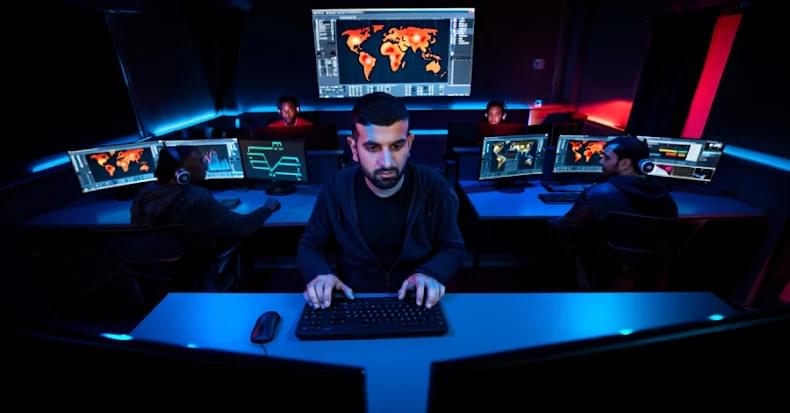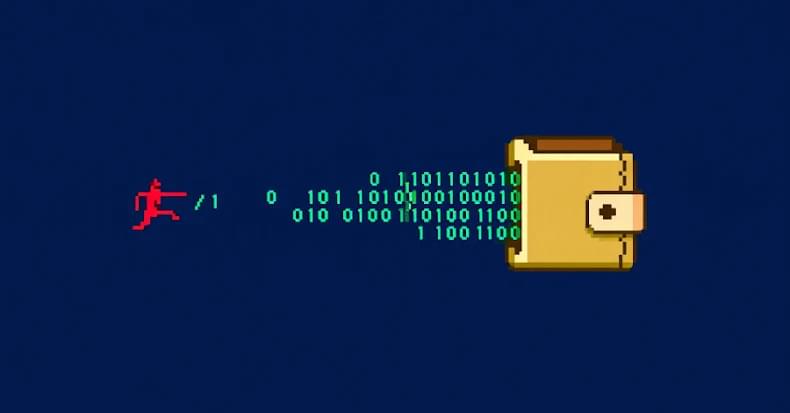Cybersecurity researchers have disclosed details of a coordinated spear-phishing campaign dubbed PhantomCaptcha targeting organizations associated with Ukraine’s war relief efforts to deliver a remote access trojan that uses a WebSocket for command-and-control (C2).
The activity, which took place on October 8, 2025, targeted individual members of the International Red Cross, Norwegian Refugee Council, United Nations Children’s Fund (UNICEF) Ukraine office, Norwegian Refugee Council, Council of Europe’s Register of Damage for Ukraine, and Ukrainian regional government administrations in the Donetsk, Dnipropetrovsk, Poltava, and Mikolaevsk regions, SentinelOne said in a new report published today.
The phishing emails have been found to impersonate the Ukrainian President’s Office, carrying a booby-trapped PDF document that contains an embedded link, which, when clicked, redirects victims to a fake Zoom site (“zoomconference[.]app”) and tricks them into running a malicious PowerShell command via a ClickFix-style fake Cloudflare CAPTCHA page under the guise of a browser check.









